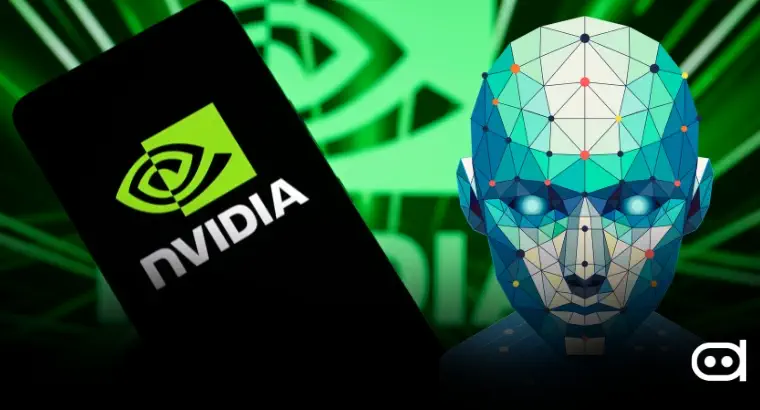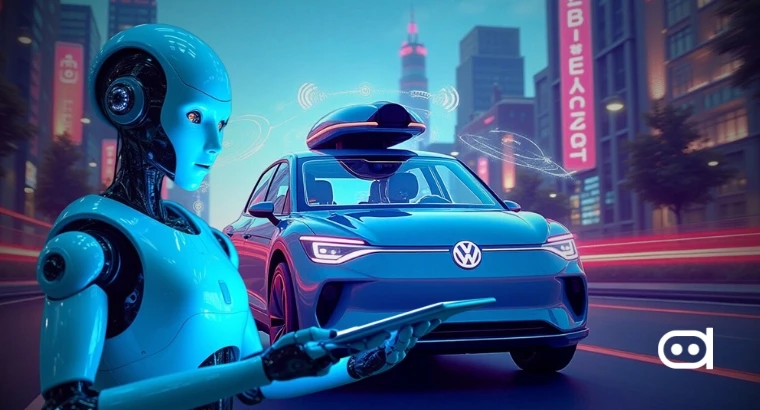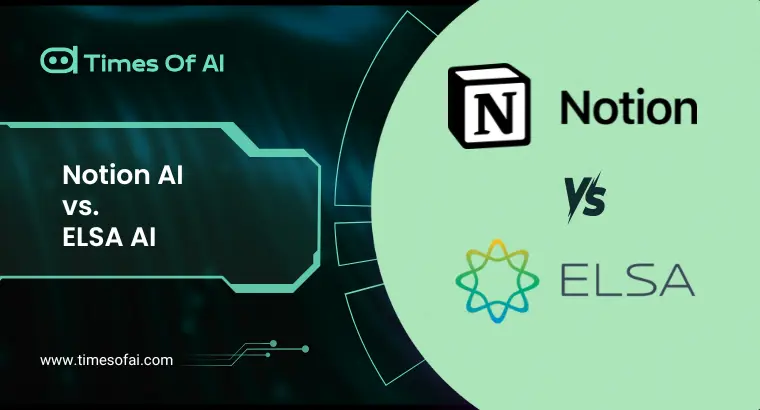
- NVIDIA has taken a monumental step in AI technology by launching its first on-device Small Language Model (SLM) at Gamescom 2024.
- This cutting-edge innovation, part of the ACE Nemotron Instruct platform, is designed to reduce latency and improve the realism of digital humans, promising a transformative impact on virtual interactions.
In a first-of-its-kind move, NVIDIA has launched an on-device Small Language Model (SLM) aiming to make digital humans appear more real. It was showcased at Gamescom 2024 and is poised to change the face of interactive experience through substantially decreasing latency thereby making the avatars look alive and natural in real time. The inclusion of SLM technology in Nemotron Instruct, which powers NVIDIA’s ACE (Avatar Cloud Engine), means that this platform marks a significant advancement in AI-driven virtual interactions.
NVIDIA’s most recent innovation hinges on the On-Device Small Language Model; it is truly ground-breaking work towards achieving human-like digital experiences. This specific SLM does not have to rely on cloud platforms hence reducing delays and ensuring smoother interaction. This is a profound development for gaming and virtual reality (VR) applications where the authenticity of avatars is crucial for user satisfaction.
The SLM comes integrated with NVIDIA’s Avatar Cloud Engine (ACE) Nemotron Instruct, an AI-powered digital avatar platform. It allows for the instantaneous processing of language inputs within avatars, thus facilitating quicker natural responses to queries posed by users. This makes them more convincing as normal people than before, thereby creating new potential for immersion, especially in gaming environments, virtual meetings, and customer service.
By launching this product at Gamescom 2024, NVIDIA shows its commitment to gamers who continue demanding realistic and responsive digital characters. The device-based SLM will considerably reduce turnaround times for complex interactions, allowing developers to create deeply detailed and realistic characters capable of interacting with users like actual people.
This technology goes beyond gaming into various industries – such as virtual assistants – where there are increasing needs for more prompt and human-like responses. As an alternative to cloud processing, the on-device SLM could enable businesses to engage customers much better, even in virtual realms, with increased personalization levels.
Read More:Revolutionize Your Organization with AI Automation in Microsoft Fabric
With the increased usage of DG across several platforms, there becomes a demand for reduced latency and increased realism. Addressing these problems head-on, NVIDIA’s on-device SLM provides a novel solution that is practical for many applications. This development represents an exceptional leap in the domain of AI-driven avatars, placing NVIDIA at the forefront regarding more immersive digital experiences.
Conclusion
NVIDIA has made a significant breakthrough by introducing its first on-device Small Language Model in the history of the evolution of digital humans. By lowering latency and making things appear natural, this invention will revolutionize how users interact with avatars across various platforms, including games and VR. As it continues to break frontiers in AI technology, it is clear that the next generation of interactions digitally is much more lifelike and responsive than ever before





